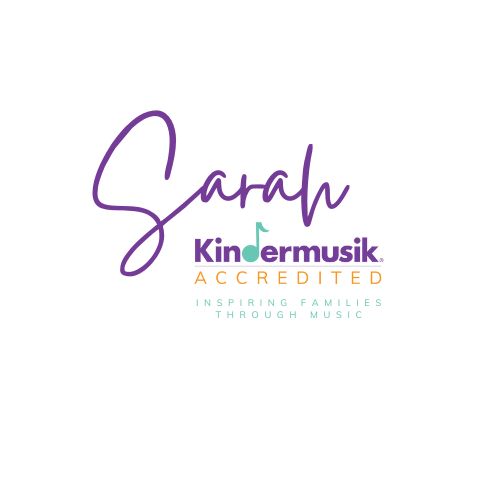Do you ever find that your child is like the Duracell bunny and just never stops? Do they go excitedly from one activity to another and never seem to have any down time? Don’t panic! This can be quite normal for toddlers and preschool children simply because haven’t learned how to control or self-regulate their bodies and emotions. So how can we help them learn to STOP? Stop and go activities! These simple experiences hold incredible benefits for the development of small children, particularly if you want to help them learn to stop their bodies and listen!
Developing Self-Regulation
Learning to stop and go fosters self-regulation, a vital skill that helps children manage their emotions, impulses, and behaviour. In stop and go games, kids practise waiting for their turn, controlling their movements, and following instructions. Through these experiences, they gradually develop the ability to pause, think, and make thoughtful choices—a crucial skill set for navigating the complexities of life.
Building Focus and Attention Span
Stop and go activities naturally encourage children to pay attention and focus on the task at hand as these activities require intermittent breaks and moments of concentration. By alternating between stopping and going, children learn to regulate their attention, a skill that lays a solid foundation for future learning.
Enhancing Motor Skills and Coordination
Stop and go activities provide excellent opportunities for refining motor skills and coordination. Whether it’s musical statues, red light-green light, or playing with musical instruments, children engage in movements that challenge their balance, agility, and spatial awareness. These activities not only strengthen their muscles but also sharpen their ability to control their bodies with precision.
Stimulating Cognitive Development
Stop and go activities provide rich cognitive stimulation, engaging children’s minds in various ways. Whether they’re strategising their next move in a game of musical chairs or thinking up a new way to dance, these experiences promote critical thinking, creativity, and spatial reasoning. Additionally, the element of unpredictability inherent in many stop and go games keeps children mentally agile and adaptable, preparing them to tackle new challenges with confidence.
Teaching musical skills
Stop and go activities helps to identify the very basic building blocks of music – sound and silence. Through stop and go activities, even the youngest children start to appreciate that silence – and stopping – is an essential part of music. As they grow musically, they will also need to learn essential ensemble skills such as starting and stopping together so the earlier we tach them, the better!
Encouraging Mindfulness and Enjoyment of the Moment
In today’s fast-paced world, teaching children the value of slowing down and savouring the present moment is more important than ever. Stop and go activities offer a precious opportunity for children to practice mindfulness, to be fully present in the here and now. Whether they’re pausing to listen for the next instruction in a game or revelling in the joy of spontaneous dance, these moments teach children the beauty of being fully engaged and immersed in the present experience.
In conclusion, the humble stop and go activities hold immense power in nurturing the holistic development of small children. From honing their attention and self-regulation skills to fostering cognitive growth, these simple experiences lay the groundwork for a lifetime of learning, exploration, and joy. Here are a few of our favourite stop and go activities from Kindermusik class:
- Go for a drive – find a plastic or paper plate and pretend to drive your car around the room. Call out ‘red light’ when it’s time to STOP and ‘green light’ to go again.
- Play musical statues – Put on their favourite music from the Kindermusik App and dance! When the music stops, encourage your child to STOP their body and FREEZE – younger children may need holding gently to teach them how it feels to stop. Increase the speed (tempo) of the music to challenge older children.
- Play your musical instruments – If you have practised stopping with your whole body, why not break out the instruments for some fine motor stop and go – pause the music and STOP playing.
EXTRA TIP – add the sign language for STOP so that your child needs to physically change to doing something when they stop. We actually use the ASL sign in class because it uses the interaction of both hands and is easy for young children to replicate
Do you want to discover more ways to teach your child to STOP through music? Sign up for an introductory class today at https://www.kindermusikwithsarah.co.uk/book-introductory-class




Recent Comments